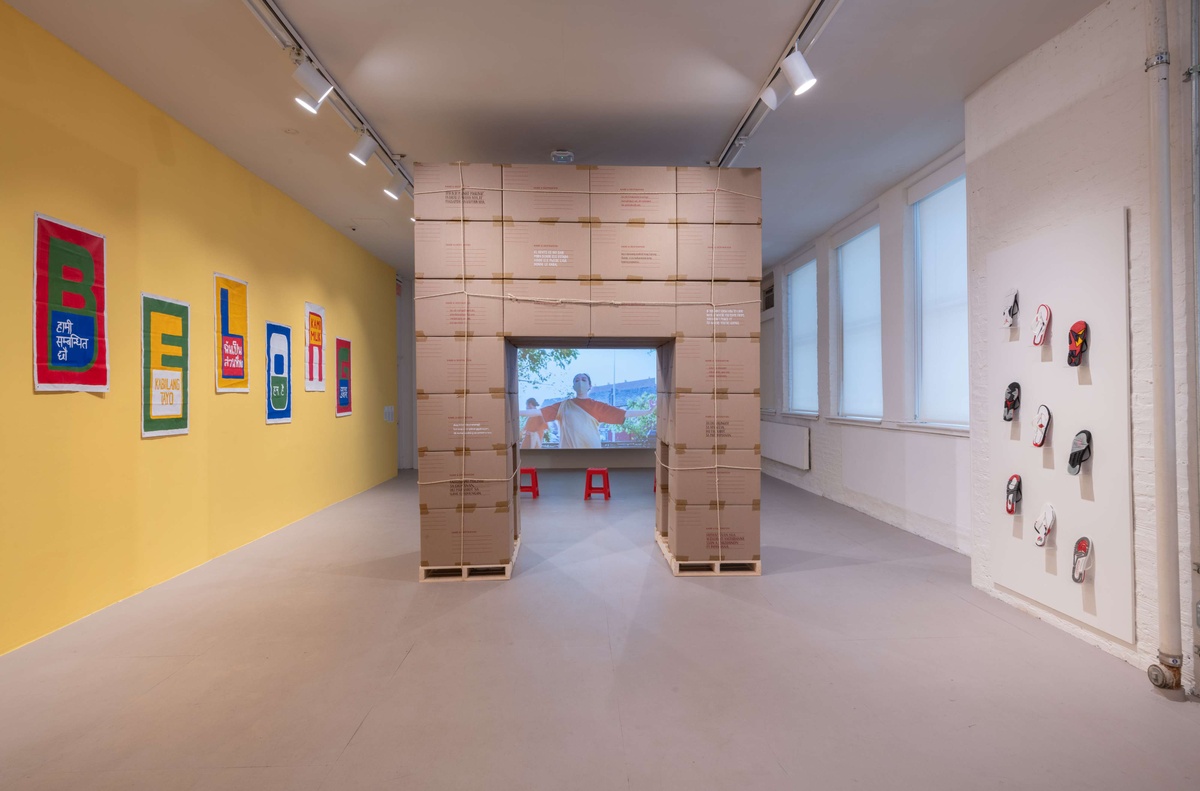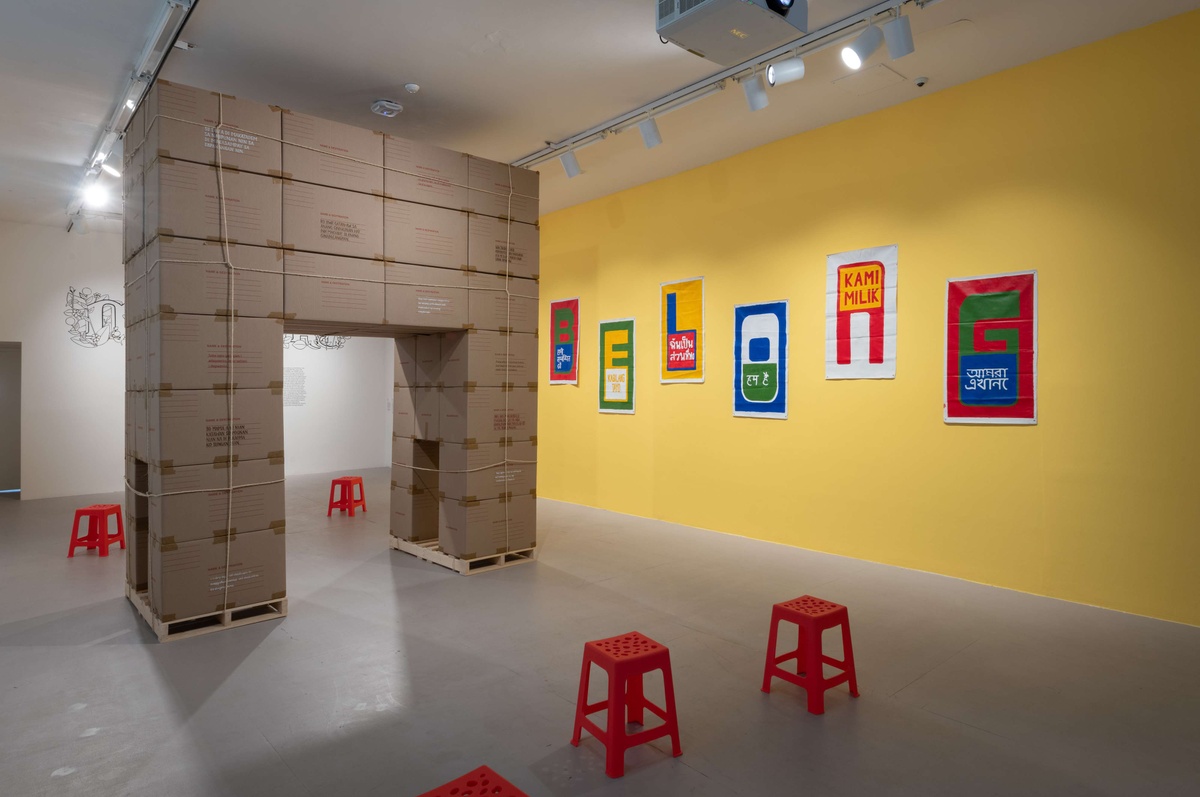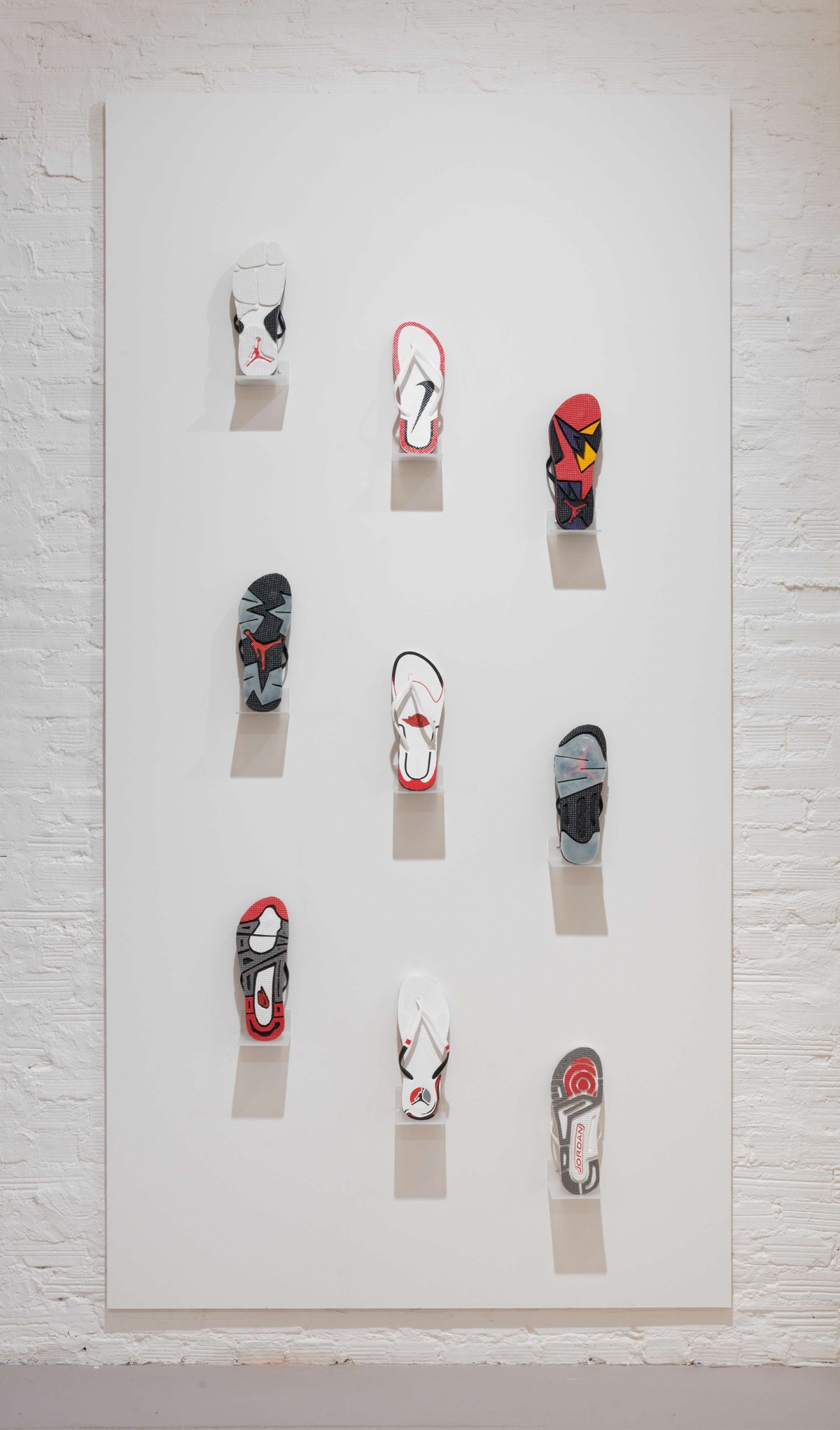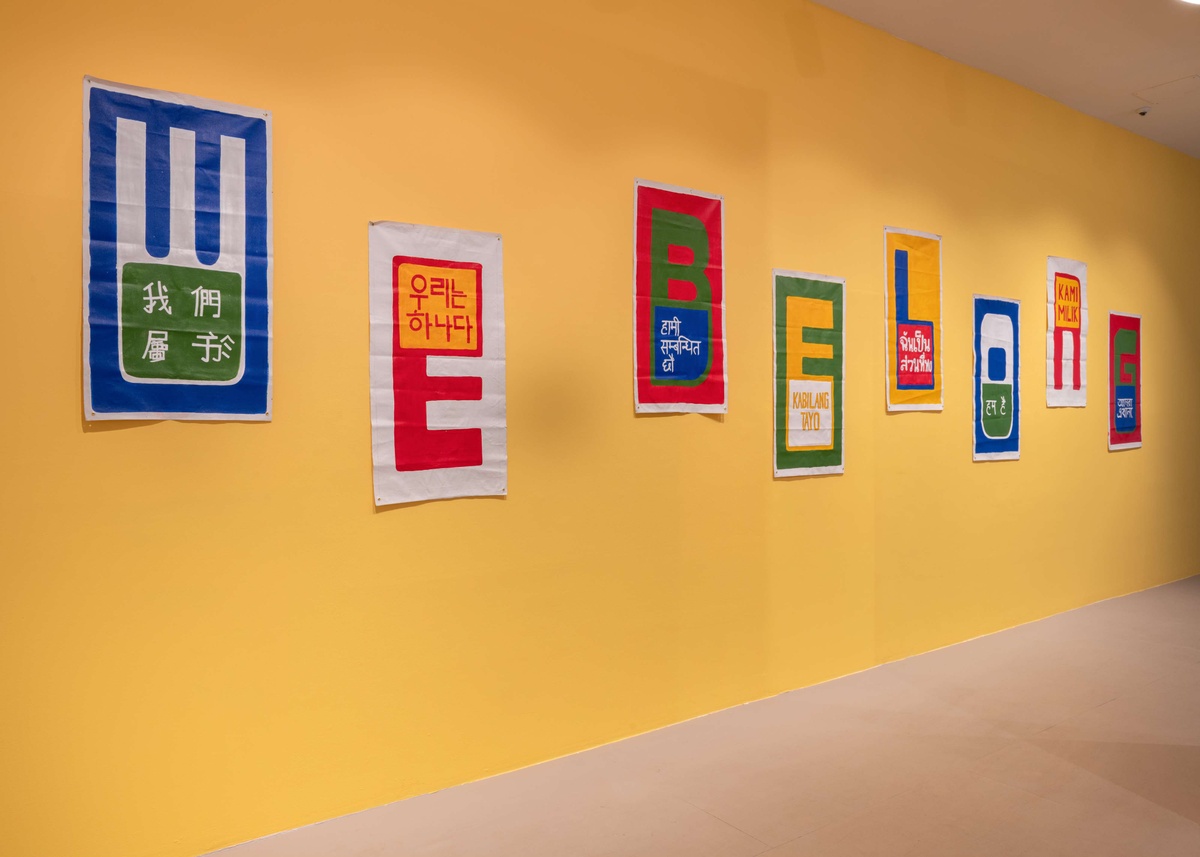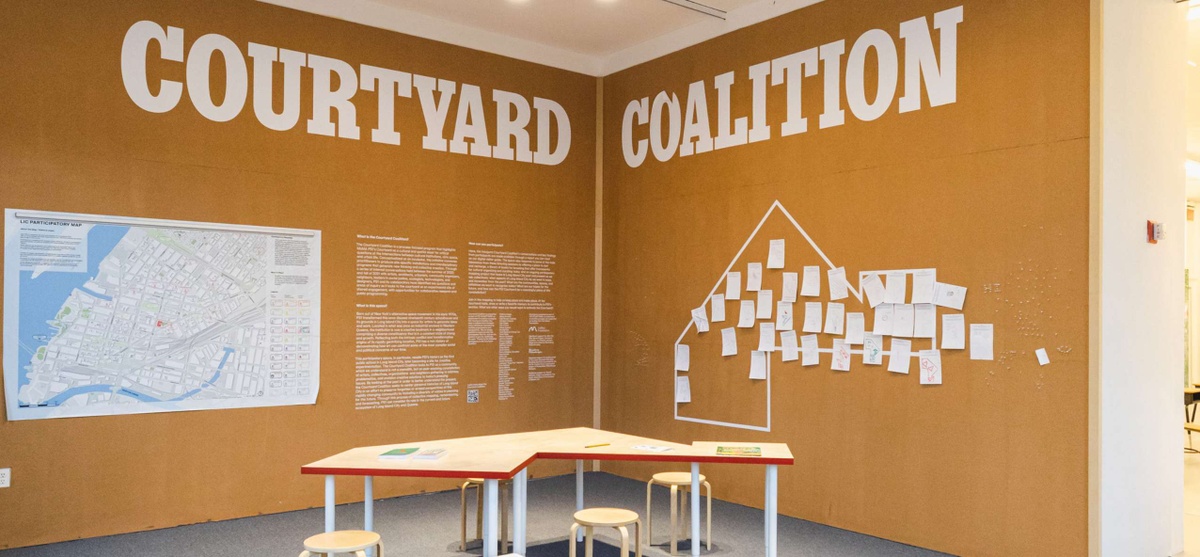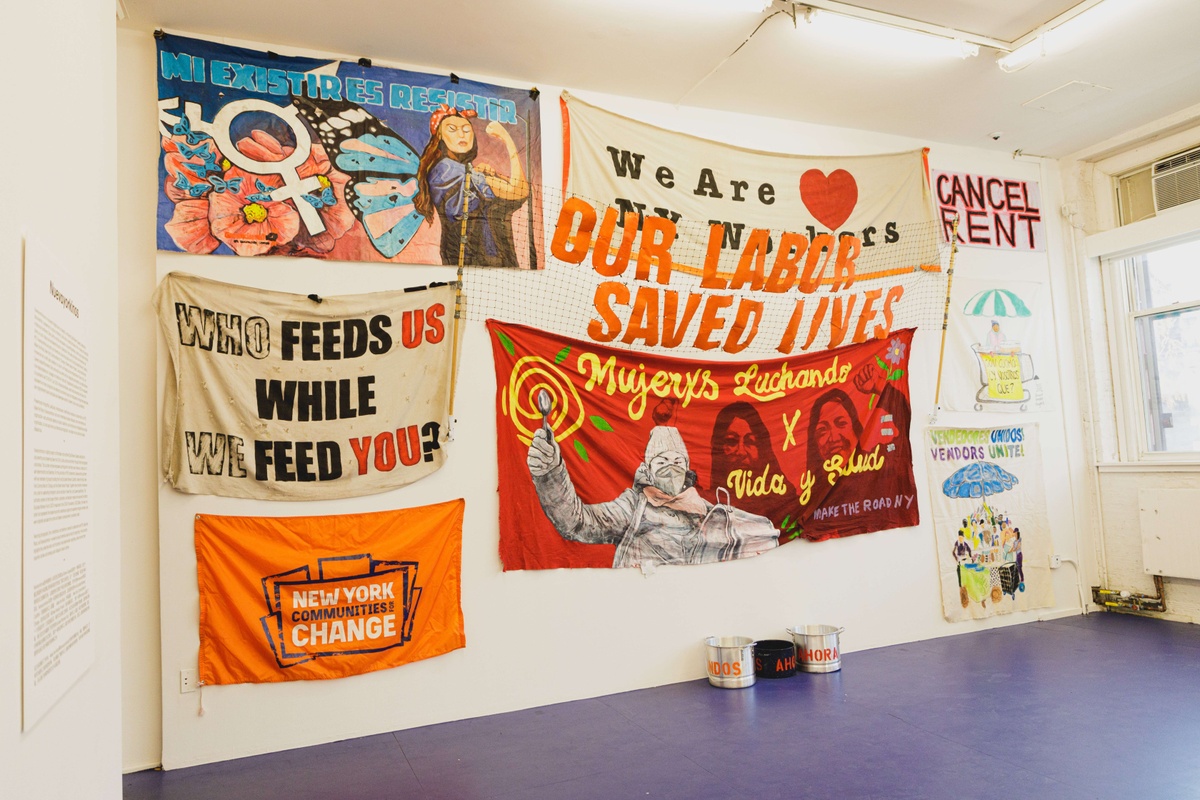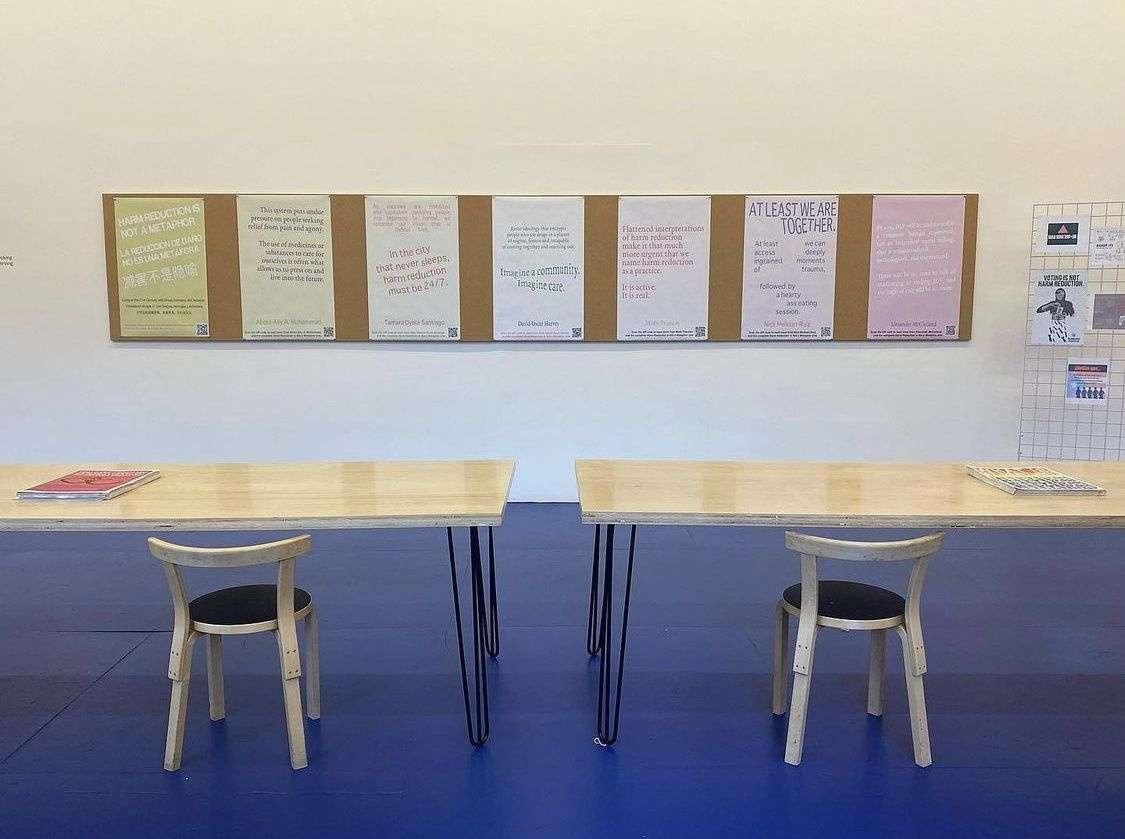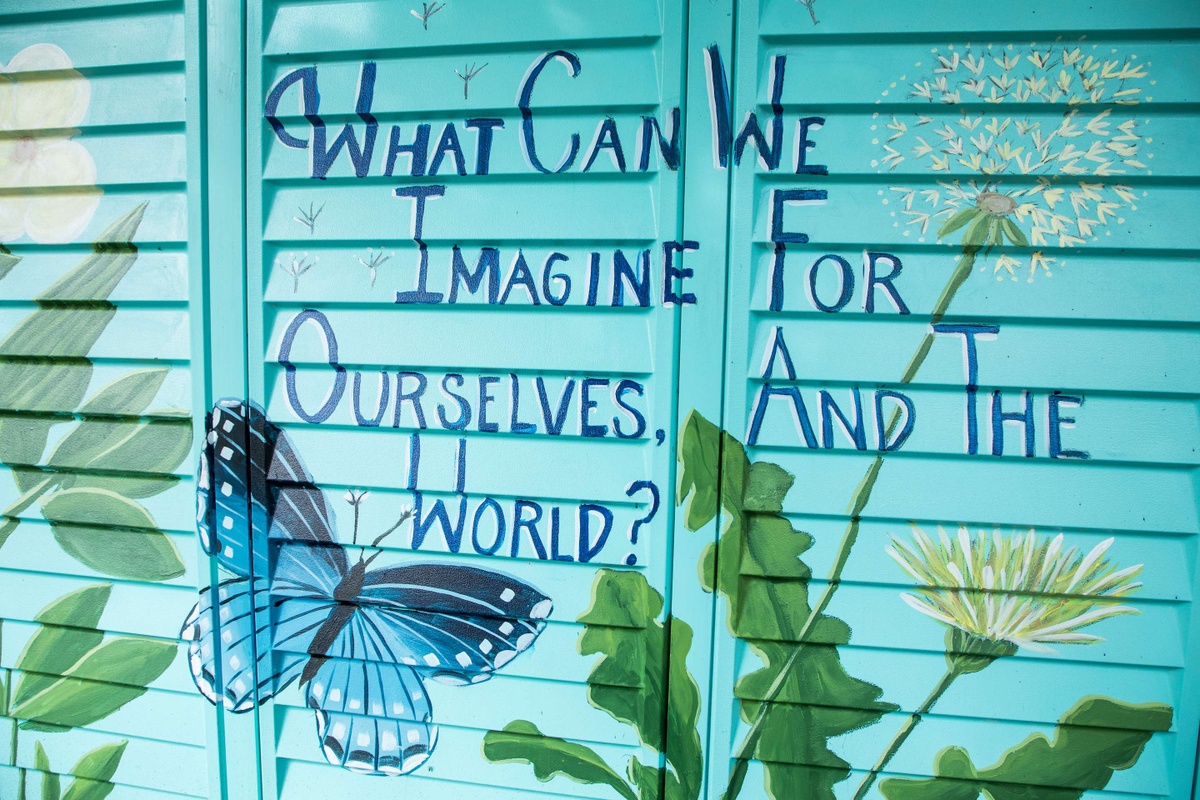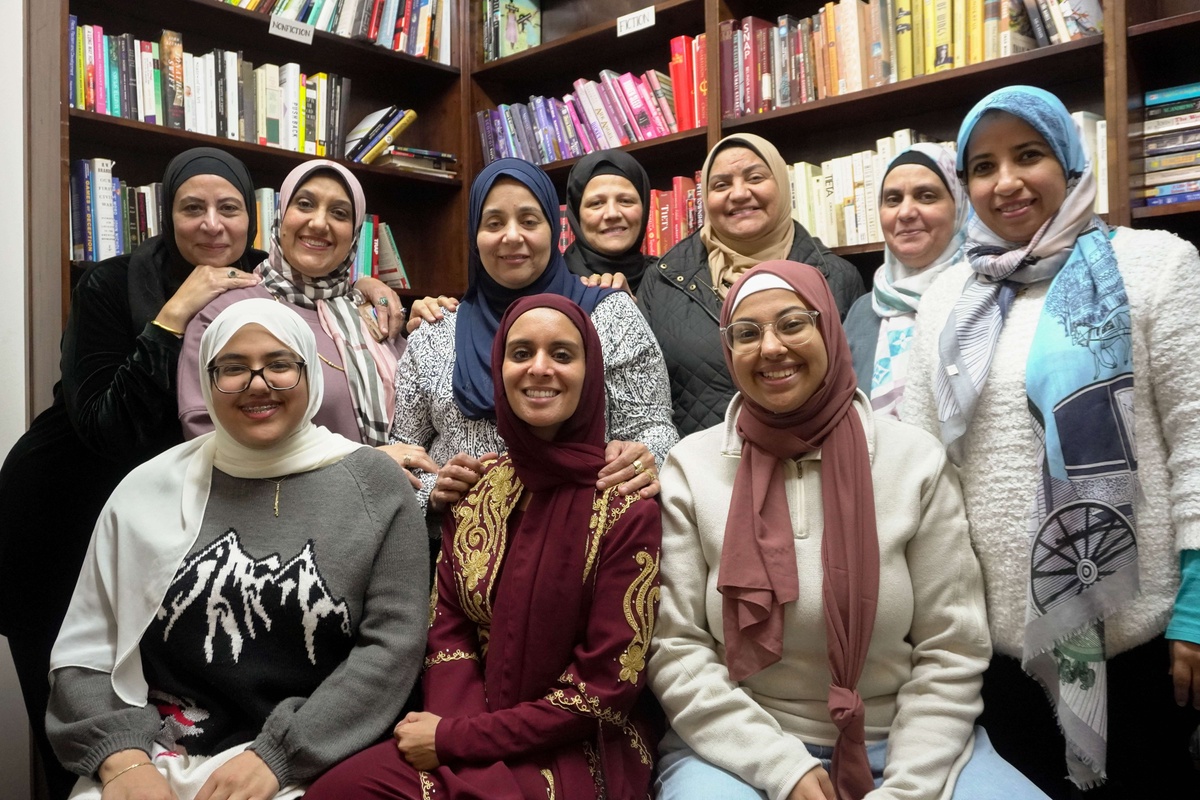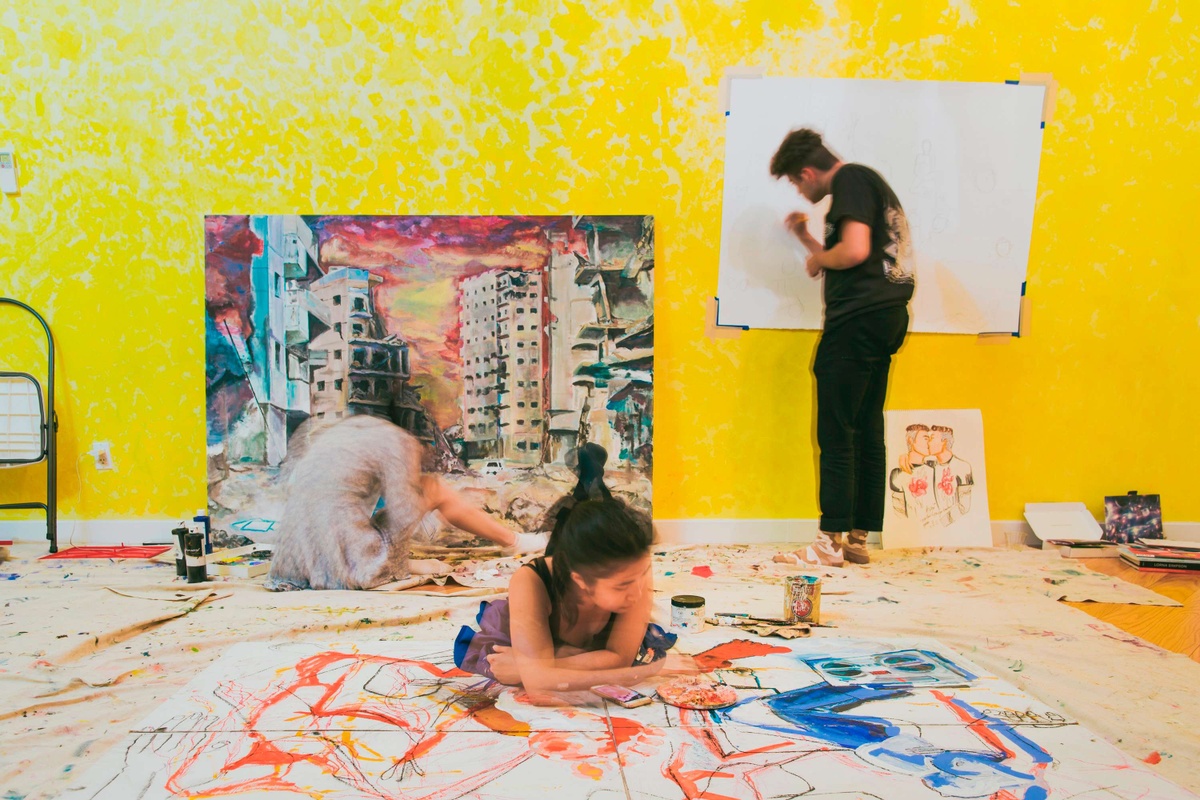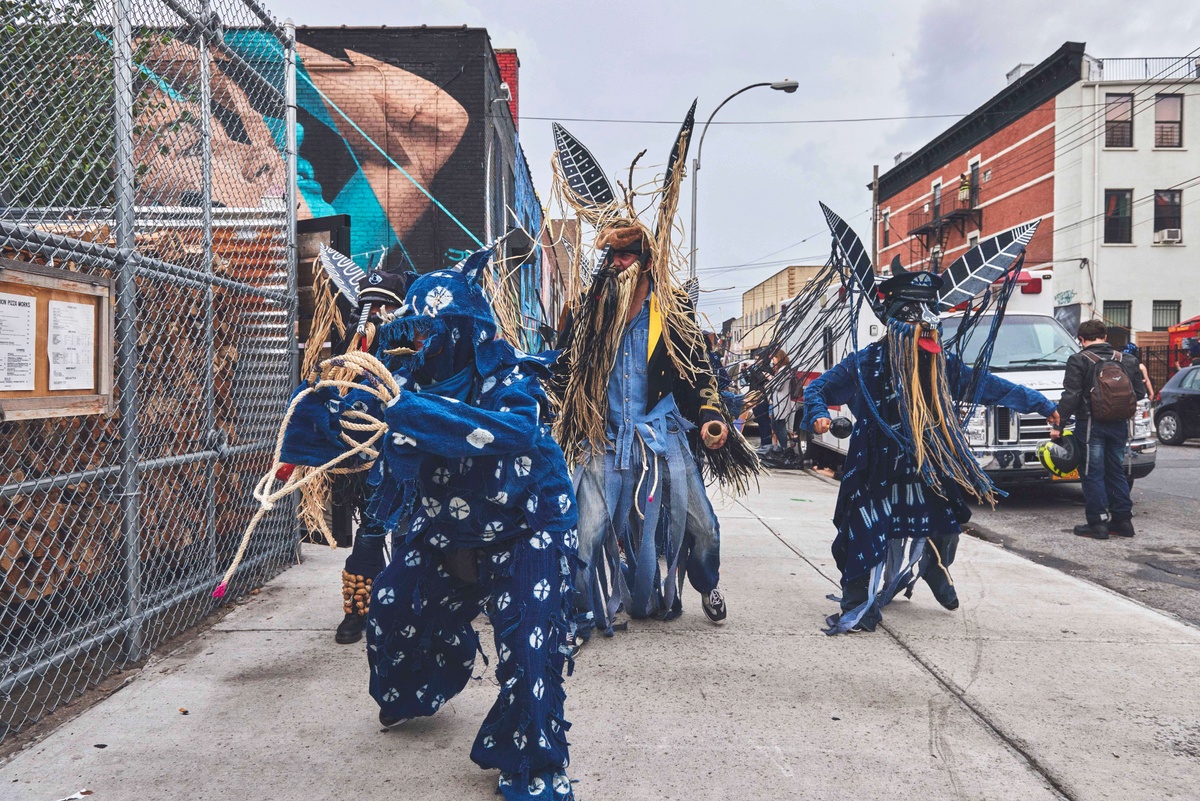Little Manila Queens
May 16 – Oct 21, 2024
- Past
- Exhibition
Image: Diana Diroy/Little Manila Queens Bayanihan Arts. We Are They (still). Image courtesy Diana Diroy/Little Manila Queens Bayanihan Arts. Video: Filmed by Elle Rinaldi; Additional Video by Mason Blake, Jam Moreno (Box Packing), Gisela Zuniga (Clothing Swap) and Ryan Santos Phillips (Clothing Swap); Video Editing by Elle Rinaldi; Production Audio by Nora Rodriguez; Graphic Design by Julia Schäfer
A creative place-keeping project debuts in Homeroom by Little Manila Queens Bayanihan Arts (LMQBA, est. 2020), a grassroots collective of artists and cultural workers who celebrate the diasporic Filipino communities in Woodside, Queens, and throughout New York. Little Manila Queens: Mabuhay! examines the social impact of migration policies that have deployed Filipino workers outside the Philippines, with a focus on the Woodside Little Manila neighborhood. Exported labor from the Philippines has alleviated a shortage of healthcare workers in New York for over fifty years. Many of these care-workers have made their home in the neighborhood surrounding Elmhurst Hospital, which was the most severely impacted care facility of the COVID-19 crisis in 2020.
LMQBA emerged as a resource and amplifier of the experiences of nurses, homecare aids, childcare providers, teachers, domestic workers, and other essential care-workers who continue to experience exhaustion in a strained healthcare system. The organization embraces an ethos of compassion in their art-making, centering anticolonial frameworks and bayanihan, a collective civic spirit. For this project, participating artists created films, murals, banners, and dances in collaboration with members of the Philippine diaspora in Queens.


